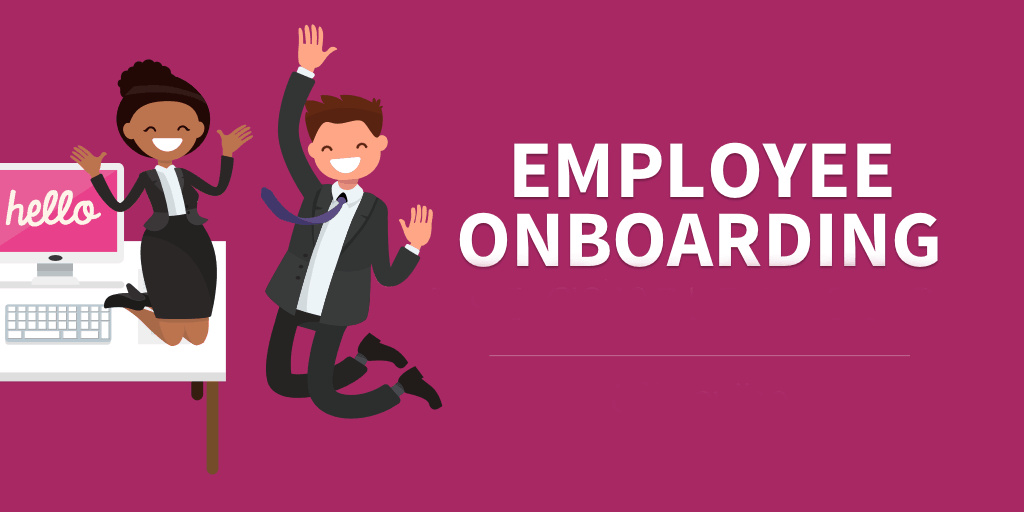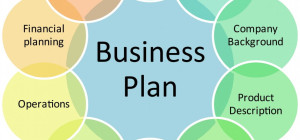 Employee onboarding is a critical process that plays a significant role in the success of new hires and, ultimately, the overall growth of an organization. It involves integrating new employees into the organization and equipping them with the necessary tools, knowledge, and support to become productive contributors. A well-structured onboarding program can improve employee engagement, retention, and job satisfaction. Let`s see the best practices for hiring and building a winning team.
Employee onboarding is a critical process that plays a significant role in the success of new hires and, ultimately, the overall growth of an organization. It involves integrating new employees into the organization and equipping them with the necessary tools, knowledge, and support to become productive contributors. A well-structured onboarding program can improve employee engagement, retention, and job satisfaction. Let`s see the best practices for hiring and building a winning team.
1. Develop a well-structured onboarding plan
A robust onboarding plan should outline the key objectives and goals of the onboarding process. It should also specify the roles and responsibilities of all stakeholders involved in the process, including HR, managers, and team members. This plan should be reviewed and updated regularly to ensure that it remains relevant and effective in addressing the changing needs of the organization and its employees.
2. Start the onboarding process before the employee’s first day
Pre-boarding involves initiating the onboarding process before the employee’s first day. This can include sending a welcome email, providing necessary paperwork and login credentials, and sharing relevant resources such as the employee handbook and company policies. These actions can help new employees feel more prepared and confident on their first day.
3. Create a warm and welcoming environment
A warm and welcoming environment can help new employees feel comfortable from the moment they step into the organization. This can include having a designated person to greet them on their first day, preparing their workstation, and providing a welcome kit with essential office supplies, company swag, and a personalized welcome note.
4. Assign a mentor or buddy
Assigning a mentor or buddy to new employees can provide them with a go-to person for any questions, concerns, or clarifications they may have during the onboarding process. This can help foster a sense of belonging and support, thereby easing their transition into the organization.
5. Provide clear expectations and goals
Clearly communicating expectations and goals can help new employees understand their roles and responsibilities within the organization. This can include discussing their job description, performance expectations, and the organization’s mission, vision, and values.
6. Conduct a thorough orientation
A comprehensive orientation program should cover various aspects of such as its history, organizational structure, culture, and policies. This can help new employees gain a holistic understanding of the organization and its values, enabling them to align their actions and behavior accordingly.
7. Offer comprehensive training and development opportunities
Providing new employees with the necessary training and development opportunities can help them hone their skills and competencies, making them more confident and effective in their roles. This can include job-specific training, soft skills development, and ongoing professional development opportunities.
8. Encourage open communication and feedback
Fostering a culture of open communication and feedback can help new employees feel comfortable voicing their concerns, ideas, and suggestions. Managers should schedule regular check-ins with new employees to discuss their progress, address any challenges they may be facing, and constructive feedback on their performance.
9. Facilitate social integration
Facilitating social integration can help new employees build connections with their colleagues and develop a sense of belonging within the organization. This can include organizing team-building activities, informal gatherings, and creating opportunities for new employees to interact with their colleagues during the workday.
10. Leverage technology to streamline onboarding
Using technology and digital tools can help streamline the onboarding process by automating administrative tasks, tracking progress, and providing easy access to relevant resources and information. Examples of such tools include HR software, learning management systems, and collaboration platforms.
11. Personalize the onboarding experience
A personalized onboarding experience can help new employees feel valued and understood. This can include tailoring the onboarding process to meet the unique needs, preferences, and learning styles of each employee.
12. Create a sense of purpose and connection
Helping new employees understand the impact of their work on the organization’s success can create a sense of purpose and connection. This can be achieved by sharing success stories, highlighting the organization’s achievements, and discussing how their role contributes to the overall mission and goals of the organization.
13. Establish a clear timeline for the onboarding process
Establishing a clear timeline for the onboarding process can help new employees understand the various stages and milestones involved. This can include providing a detailed schedule of activities, training sessions, and check-ins, along with the expected outcomes at each stage.
14. Evaluate and refine the onboarding process
Regularly evaluating the onboarding process can help organizations identify gaps, areas for improvement, and best practices. This can involve collecting feedback from new employees and stakeholders, analyzing key performance indicators, and implementing changes based on the insights gathered.
15. Recognize and celebrate milestones and achievements
Recognizing and celebrating milestones and achievements during the onboarding process can help boost new employees’ motivation and engagement. This can include acknowledging their progress, rewarding their efforts, and celebrating their successes.







